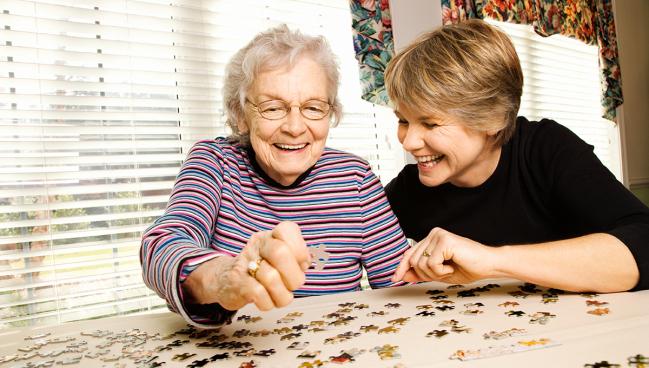Income, Education Influence Post-Stroke Mortality in Sweden
The findings mirror research from other parts of the world, highlighting the need to address social determinants of health.

BASEL, Switzerland—Patients with higher income and education levels have lower risks of dying after a stroke, according to a study out of Gothenburg, Sweden.
Individuals with more education had a 25.7% lower mortality risk compared with those with only a primary school education and those with a high versus low income had a 32.3% lower risk, Katharina Stibrant Sunnerhagen, MD, PhD (Sahlgrenska University Hospital and the University of Gothenburg, Sweden), reported here at the European Stroke Organisation Conference (ESOC) 2024.
Moreover, the death risk after stroke increased along with a greater number of unfavorable social determinants of health, which included education, income, living area, and country of birth.
“I have always had this gut feeling that people bring with them not only the disease but also their history and their living conditions, and all that has an impact on what we do,” Sunnerhagen told TCTMD. And, indeed, these findings are consistent with prior research from the United States and elsewhere showing, for instance, that adults with greater “social vulnerability” have a higher risk of dying prematurely from CVD, including stroke.
Since the current study was performed in a country with tax-financed healthcare, the observed disparities cannot be explained only by access to care, Sunnerhagen said, adding, however, that individuals with lower income are less likely to be able to take time off work—and potentially lose pay—to go to the doctor. She noted, too, that higher income tends to be linked to higher levels of education, which are tied to having greater health literacy (ie, knowing how to look after one’s health and when to seek care).
This study should raise awareness that there are continuing disparities even in a public-payer system, Sunnerhagen said. “There are things that we can work with in healthcare, but there’s also things that we cannot solve ourselves, so we need to point out to the politicians that there are [problems] in society that need to be addressed if you want to have a more equal health situation for your citizens.”
‘Worrisome’ Findings
Incorporating data from both local and national registries, the study included 6,901 Gothenburg residents (median age 76 years; 47% women) who had a stroke between November 2014 and December 2019. Nearly half (48.1%) did not have any unfavorable social determinants of health, whereas 36.5% had one, 12.8% two, 2.3% three, and 0.2% four.
Although more favorable education and income levels were associated with lower risks of post-stroke mortality, living area and country of birth did not influence risk. In an analysis looking at the number of unfavorable social determinants of health, having one such factor was associated with a 17.5% increased risk of mortality and having two or more was associated with a 24.3% greater risk.
These findings are not surprising, commented Annemijn Algra, MD, PhD (UMC Utrecht, the Netherlands), because they’re consistent with her clinical experience and with data from the Global Burden of Diseases, Injuries, and Risk Factors Study, which showed increases in stroke-related mortality and disability in low-income regions.
“It’s a reflection of the increased exposure to some risk factors, and it’s worrisome,” said Algra, who is chair of the ESOC public relations committee.
People bring with them not only the disease but also their history and their living conditions, and all that has an impact on what we do. Katharina Stibrant Sunnerhagen
Addressing potential contributors to the poorer outcomes among lower-income individuals seen in the current study, Algra pointed out that “in low-income areas you often have not only poor access to care, but also poor access to healthy food and healthy behavior.”
As a possible solution to the disparities, she cited tools like the Brain Care Score developed by researchers at the McCance Center for Brain Health at Massachusetts General Hospital in Boston. “We are very focused on all the things that are bad for us and the risks they’re bringing, but I think to frame it in a positive way that you can take care of your brain by doing the right thing, by exercising, by eating more vegetables, by quitting smoking, by controlling your blood pressure, and stuff like that, I think by framing this in a positive mindset that’s one of the things I find very promising and I think that’s very important.”
But Algra, like Sunnerhagen, indicated that solutions will have to come from outside of the healthcare system, too. “It’s not only something we can do from inside the hospital as doctors—of course we can promote this—but this is also something where our governments have to promote brain health,” she stressed.
Todd Neale is the Associate News Editor for TCTMD and a Senior Medical Journalist. He got his start in journalism at …
Read Full BioSources
Sunnerhagen KS. A register-based study on associations between stroke mortality and risk factors including social determinants of health. Presented at: ESOC 2024. May 15, 2024. Basel, Switzerland.
Disclosures
- Sunnerhagen reports no relevant conflicts of interest.






Comments